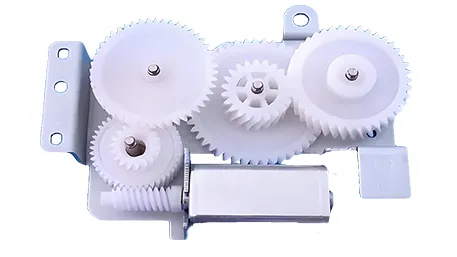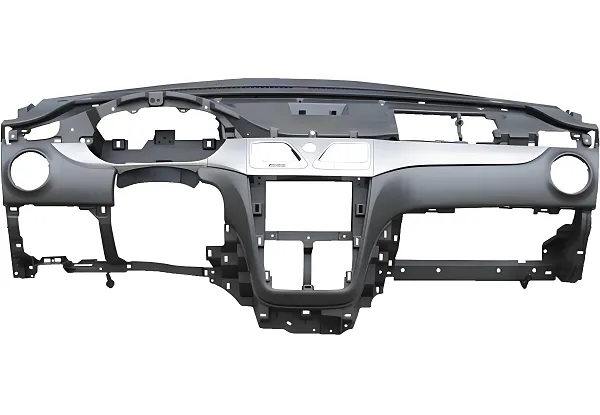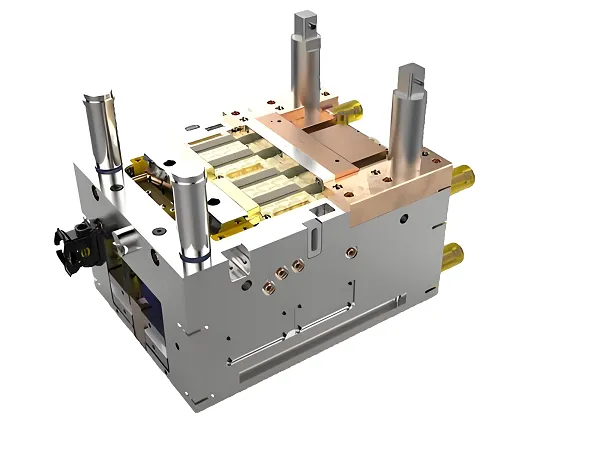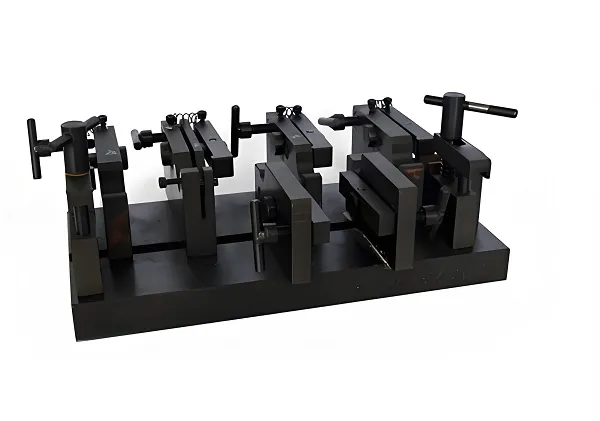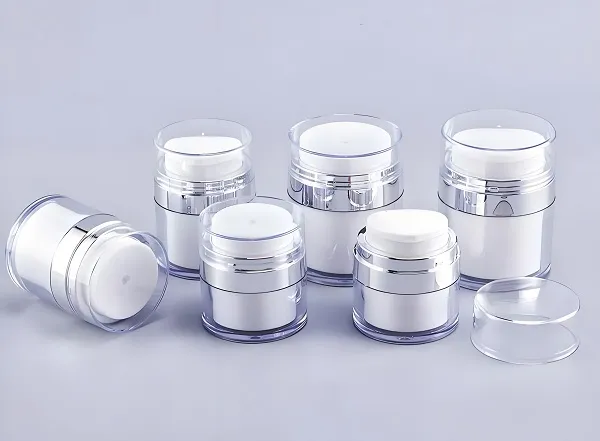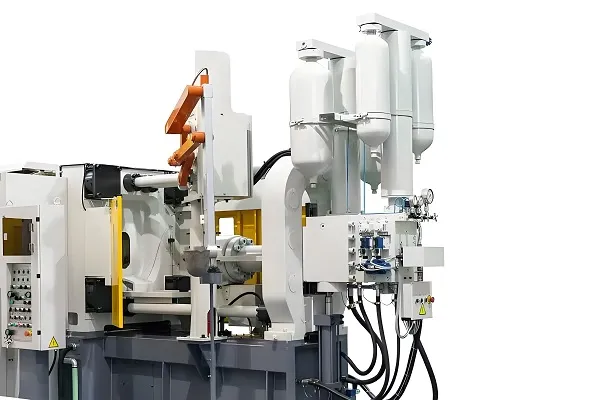1.Introduction
The purpose of this document is to describe in detail the various steps of the injection molding process, including material properties, operational precautions, and critical control points, in order to ensure the efficiency, safety, and consistency of product quality in the injection molding process. The injection molding process is a manufacturing process in which molten plastic is injected into a mold and cooled to form a product of the desired shape.
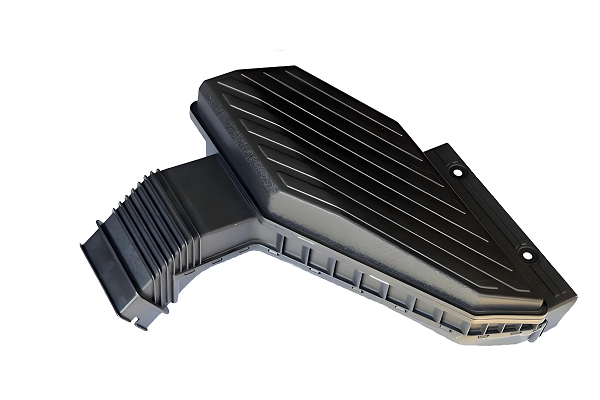
2.Material Properties
Plastic material selection:
Plastic materials need to be selected according to the product requirements, common materials include polyethylene (PE), polypropylene (PP), polystyrene (PS), ABS and so on.
The material needs to have enough fluidity to fill the mold cavity in the injection molding process.
Properties such as melt temperature, viscosity, shrinkage, etc. need to be in accordance with product design and process requirements.
Material drying:
Plastic materials need to be dried sufficiently before injection molding to avoid moisture causing silver lines, bubbles and other defects on the surface of the molded product.
Drying temperature and time should be set according to the material properties and process requirements, usually drying temperature range of 60-100 ℃, drying time of 2-4 hours.
3.steps of injection
Mold preparation:
Check whether the mold is matched with the injection molding machine, including mold size, positioning ring, gate sleeve, etc..
Clean the surface of the mold to make sure there is no oil, impurities, etc., so as not to affect product quality.
Injection molding machine setting:
Set the temperature, pressure, speed and other parameters of the injection molding machine according to the material characteristics and product requirements.
Heat the molten plastic to the appropriate temperature, usually higher than the melting point of the material 10-30 ℃.
Injection Molding Process:
Closing the mold: Move the mold to the injection molding machine to ensure that the mold is properly aligned and closed.
Mold Locking: Perform the mold locking procedure to ensure that the mold is fully closed and locked.
Injection: The injection machine injects molten plastic into the mold to fill the mold cavity. The injection speed should be set according to the material fluidity and mold structure, generally fast fill to about 90%, then turn to slow fill until completely filled.
Holding Pressure: After the part has filled the mold cavity, the injection molding machine applies a certain amount of pressure between the barrel and the mold, which is maintained for a certain period of time to ensure the appearance and performance quality of the part. Holding time and pressure are set according to material properties and product requirements.
Cooling: Cooling and curing of the plastic is achieved through a cooling system in the mold that rapidly reduces the surface temperature of the part below its initial hardening point. The cooling time and temperature are set according to the material type and thickness.
Open the mold and take out the part: After cooling and curing, open the mold and take out the molded part. Take care to avoid damage to the mold and molded parts.
Post-processing:
Remove burrs, flying edges and other excess materials from the molded parts.
Trim and process the molded parts to meet the product requirements.
Check the quality of finished products, including size, appearance, performance and other aspects.
4.operation precautions
Safe operation:
Operators need to wear protective equipment, such as safety helmet, protective glasses, protective gloves, etc..
Comply with the operating procedures of the injection molding machine, prohibit non-essential operations when the injection molding machine is running.
Material Management:
Plastic materials need to be stored in a dry, ventilated and light-proof environment to avoid moisture, heat and pollution.
Regularly check the quality of materials to ensure that they meet the process requirements.
Equipment maintenance:
Regular maintenance of the injection molding machine, including cleaning, lubrication, fastening and so on.
Check the wear and tear of the mold and replace the damaged parts in time.
Quality control:
Operate in strict accordance with process requirements to ensure stable and reliable product quality.
Regular sampling or full inspection of finished products, timely detection and resolution of problems.
Summary
Injection molding process is a complex manufacturing process, involving material selection, equipment settings, operation control and other aspects. Through the detailed elaboration of this SOP document, it is hoped that it can help operators to better master the various steps and precautions of the injection molding process, to ensure the smooth progress of the production process and the stability and reliability of product quality.

